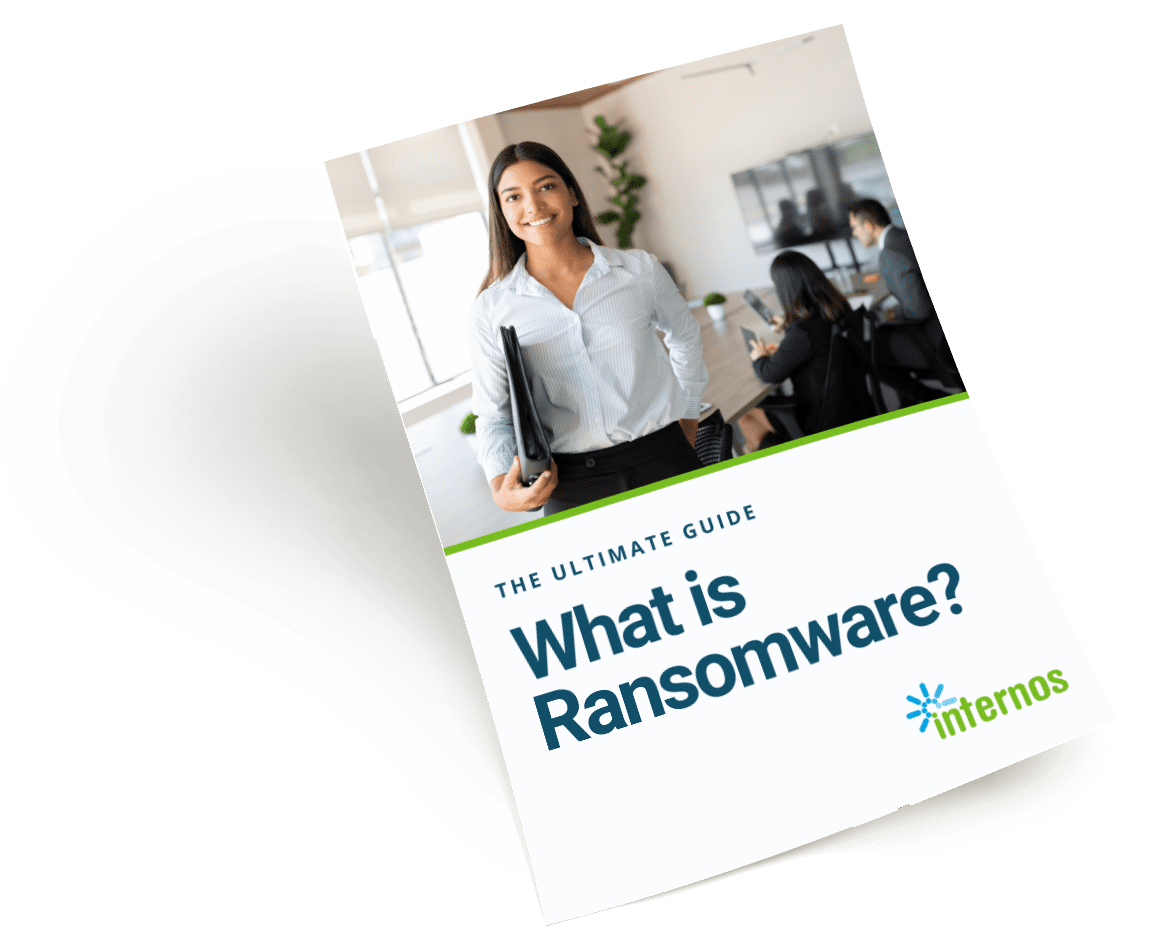
One of the biggest topics lately in IT is about virtual desktops, cloud PCs and DaaS — what they are, how good they are, and are they right for every business or just some? Our role as a managed service provider is to help our clients understand any new technology which comes along and whether or not it is a good fit for their business. This article will help you understand virtual desktops, cloud PCs and DaaS.
Why Now?
Remote work is becoming the new norm and computer components have been scarce. These trends have opened the door for preconfigured virtual desktop products — making the shift to desktop as a service (DaaS) more appealing (and easier) than ever before. If you are considering DaaS for your business, it’s important to understand how virtual desktops actually work.
>>Comparing IT support providers? Get the free Managed IT Checklist
What Is a Virtual Desktop?
By now, you’ve probably become familiar with the basics of cloud computing: Your data lives on cloud servers instead of an on-premises server. The virtual desktop takes this step further by putting an entire computer on the cloud. Your physical device just becomes the keyboard, monitor and mouse you use to log in to and use your cloud PC.
Imagine that you are planning to buy your next computer. You have your list of specifications you need, such as RAM, processing power, storage space and more. Once you have the computer, you need to load it up with all your apps, connect it to your network, make sure it has endpoint protection and backup and recovery systems and more. Then, if you need different specifications later, you either need to invest in upgrades or buy another computer, repeating the process.
With a virtual desktop, you choose a plan that meets your processing power needs and the desktop comes pre-configured with those specs and all your software. You can use any computer to access your virtual desktop as long as it can maintain a good internet connection.
Sounds a little like déjà vu? That’s for a good reason. When computers were first introduced, users had to log in to “dumb terminals” to access a mainframe where all the actual computing was done. Same concept with virtual desktops, cloud PCs and DaaS. You need almost no hardware or even software to log in to your virtual desktop — all that computing power is in the cloud.
The Evolution of DaaS (Desktop as a Service)
A computer is a physical product you buy in a store. A virtual desktop is a service that you subscribe to … which is why it is also referred to as desktop as a service (DaaS).
DaaS is nothing new but it has gained popularity over the last few years because companies like Microsoft, Google and Amazon have launched services. Microsoft’s version was originally named Windows Virtual Desktop (WVD) but is now known worldwide as Azure Virtual Desktop (AVD).
Launching Azure Virtual Desktop is not easy. It takes a good amount of technical knowledge and investment because you have to build out all the infrastructure yourself for the virtual machines. For that reason, it used to be cost effective only for larger organizations or those with complex custom needs.
For a long time, virtual desktop remained more of a promising vision for the future rather than a viable option for most businesses. Not any more since Microsoft launched its Cloud PC.
Windows 365 Cloud PC Levels the Field
Officially named Windows 365 and often referred to as Windows 365 Cloud PC, Microsoft launched this game changer in August 2021, when it made a new virtual desktop service available for the first time. What was so different? Microsoft did all of the hard work of configuring its Azure Virtual Desktop and created standardized virtual machines. Now all businesses need to do is select a package and pay a flat monthly fee. Within 10 to 15 minutes they can be up and running on their virtual desktop.
Microsoft knows that one type of virtual desktop will not suit all, so it offers many different packages. Windows 365 Cloud PC means that, for the first time, virtual desktops are a real option for businesses looking to grow or replace aging computers.
Windows 365 Cloud PC for Business Benefits
There are many advantages to Windows 365 Cloud PC over buying physical computers, including:
- No waiting. Chip shortages and shipping delays have been increasing and wait times for new computers have grown from weeks to months. Instead, you can be up and running with Windows 365 Cloud PC in 10 to 15 minutes.
- No big expenditures. The expense of using a DaaS model changes from a CapEx to an OpEx. After all, when you invest in Windows 365 Cloud PC, you are not actually buying a computer, you are buying a license and you are not tied down to it for more than 30 days.
- Extended life for your current computers. All those old computers that are sitting in a box (or room) because they can’t handle the current computer demands: They can now get back to work well as “stations” for your virtual desktops. As long as they can maintain an ethernet connection, they will work. Wondering if a computer is up to the job? Just try to play a video on it from YouTube. If it can do that, it can be used as a virtual desktop.
- Increased scalability/flexibility. There will be times when you have a high turnover or high growth. When that happens, you will be able to easily and quickly scale your Cloud PC licenses to match your current needs. In addition, you will no longer be tethered to one machine as you can access your virtual desktop from any computer anywhere in the world where you have an internet connection.
- Securely enable remote work. Cloud PC licenses are a lot cheaper than buying laptops for your remote and hybrid workers. Permanent and temporary employees can access your virtual business network from their home computers or office desktops (or from anywhere else). And even if someone (including relatives within the employee’s home) might have access to the user’s computer, they won’t have access to your company’s business network because it forces authentication on log-in to the virtual desktop. So the company’s data is more secure on the virtual desktop than on a regular computer.
>>Not sure what to look for? Get the Choose IT Support Checklist
Don’t Dive In Too Fast With Windows 365 Cloud PC
You read that right. We are not advocating that you jump in and go fully virtual, even with all the benefits we’ve listed. It is a great option to consider as you plan your technology needs to address a current issue, but it does not need to be done overnight or for all. The beauty of this solution is that it doesn’t have to be a big change. You can start small with one or two computer stations and see if it works out for your particular business.
Whatever changes you make though, physical or virtual, make sure to set up endpoint protection on any devices you add to your network.
Looking to improve your network infrastructure? We’re here to help.Contact us or book a meeting to discuss your IT support and cyber security needs.

